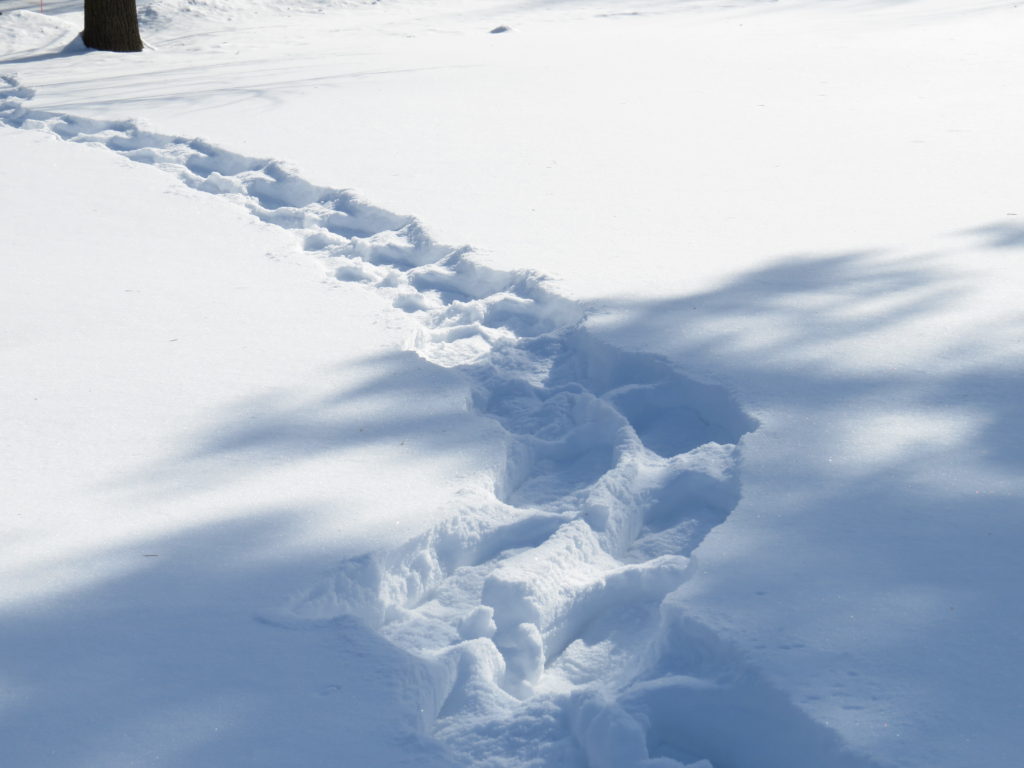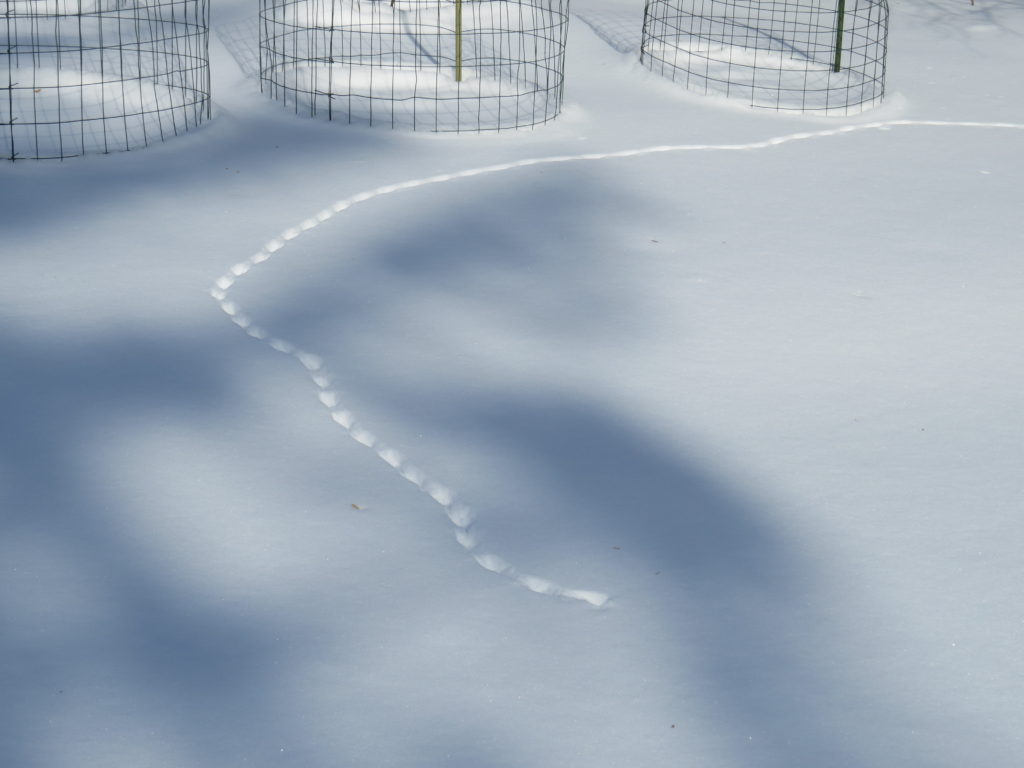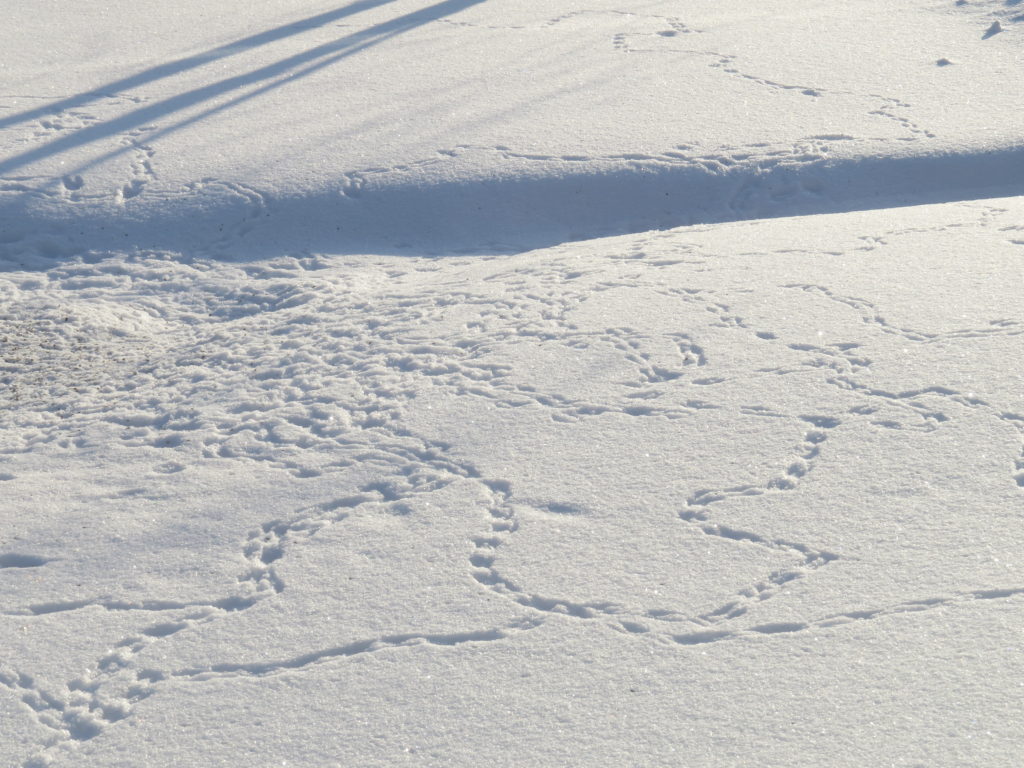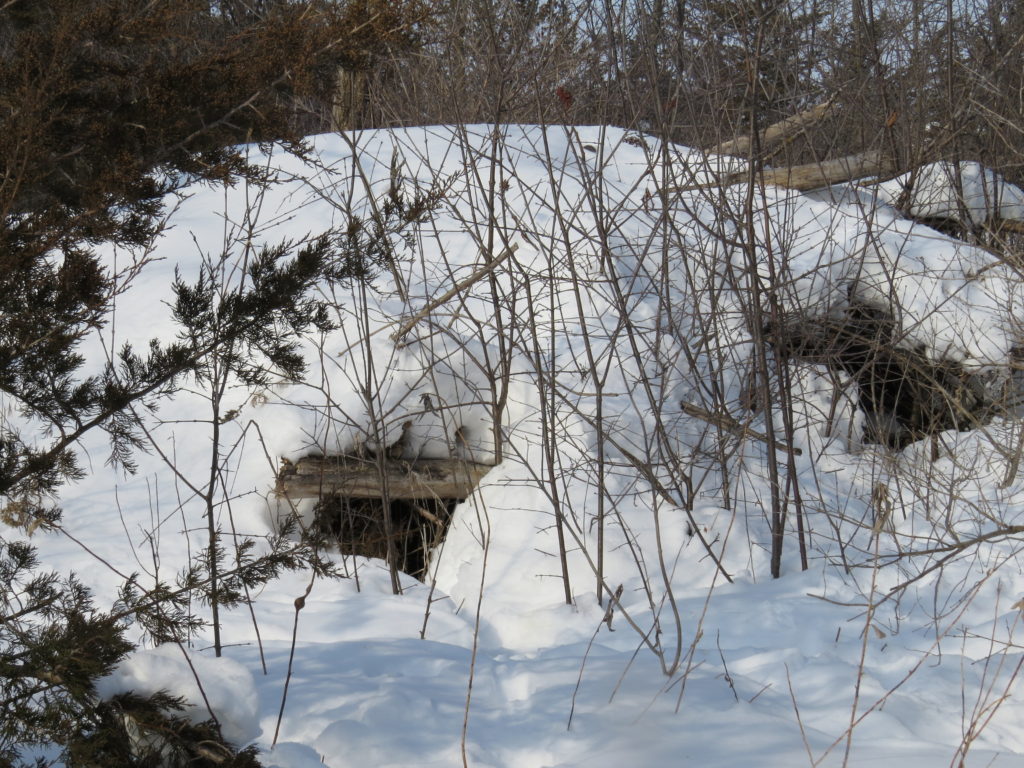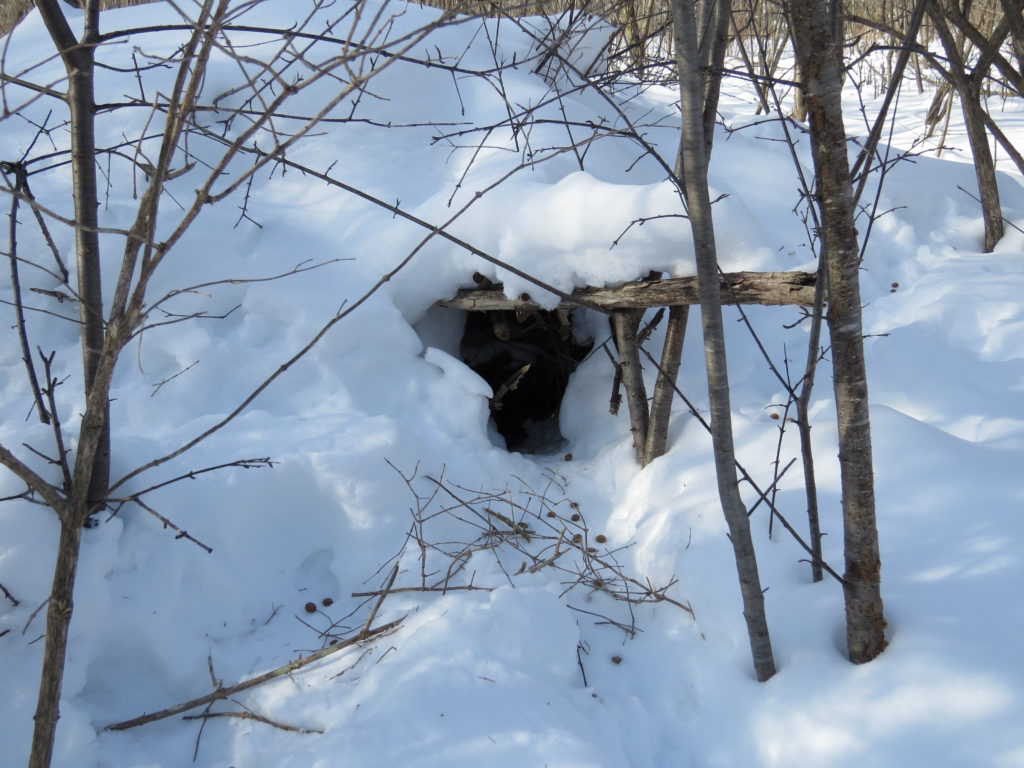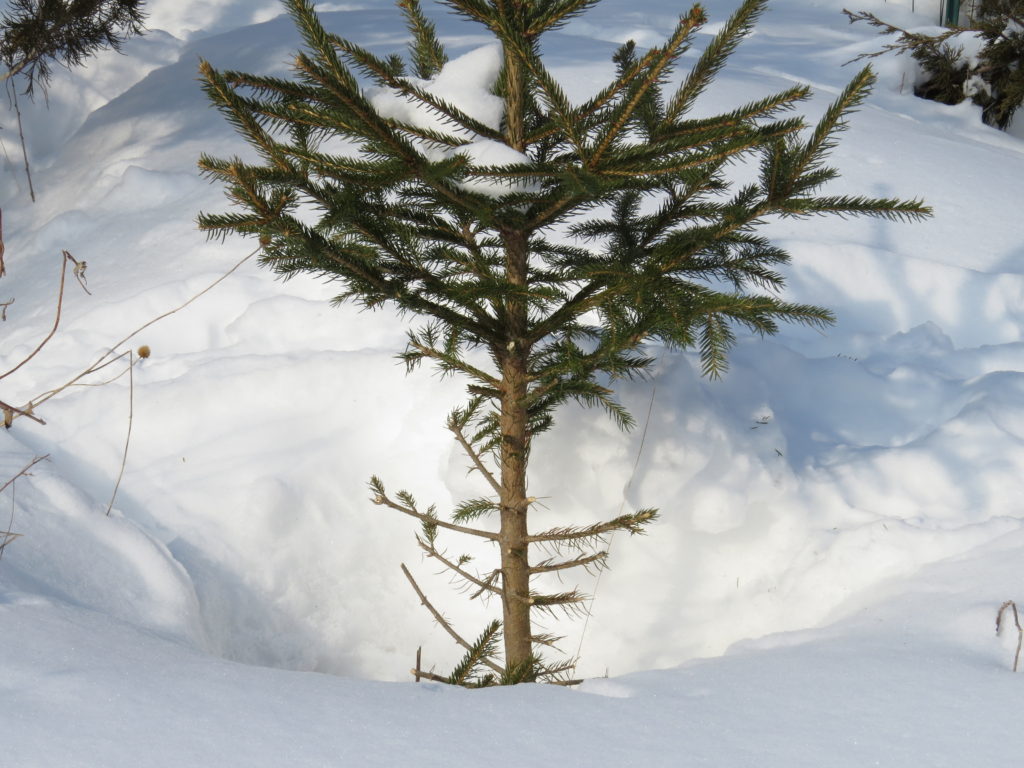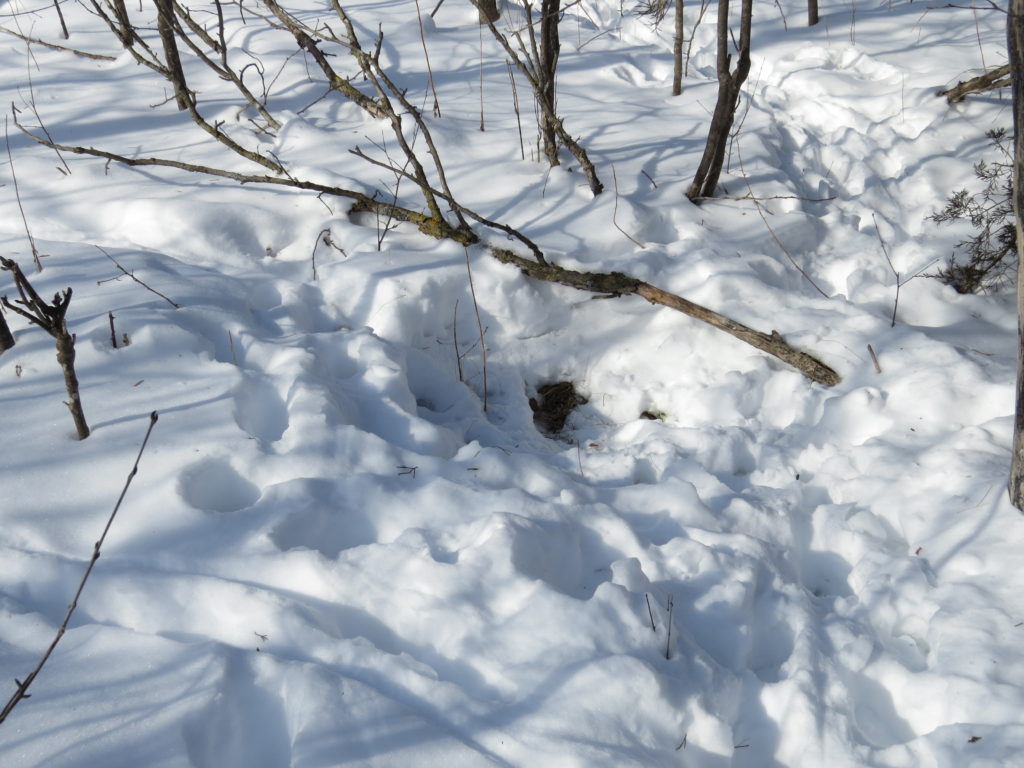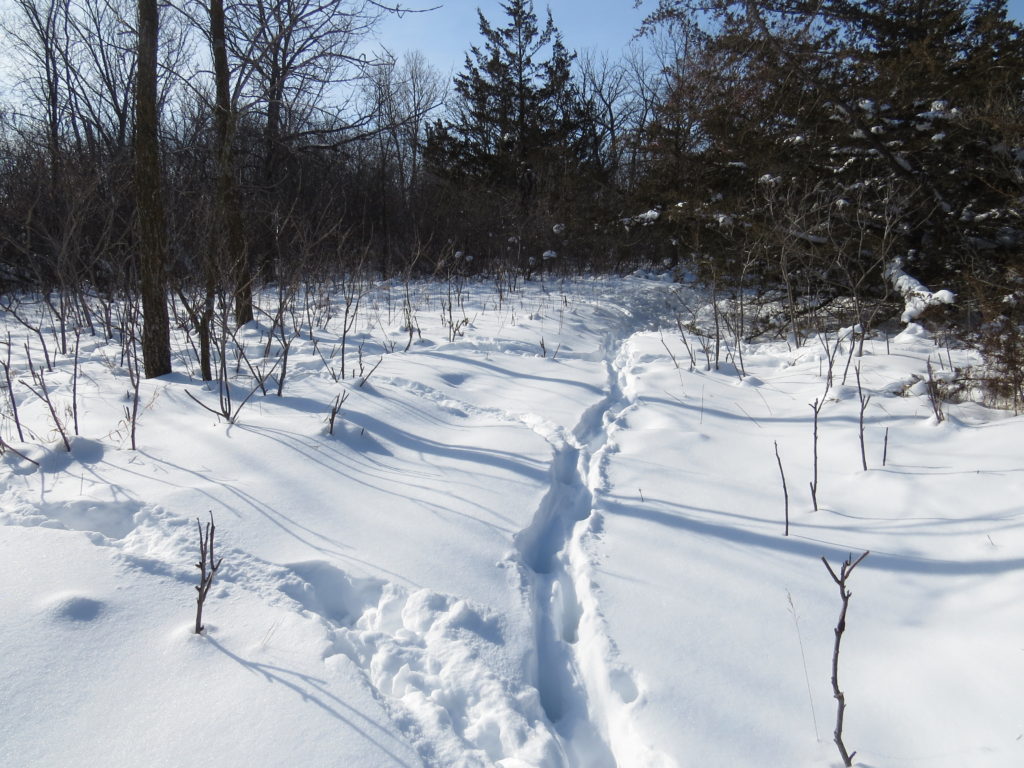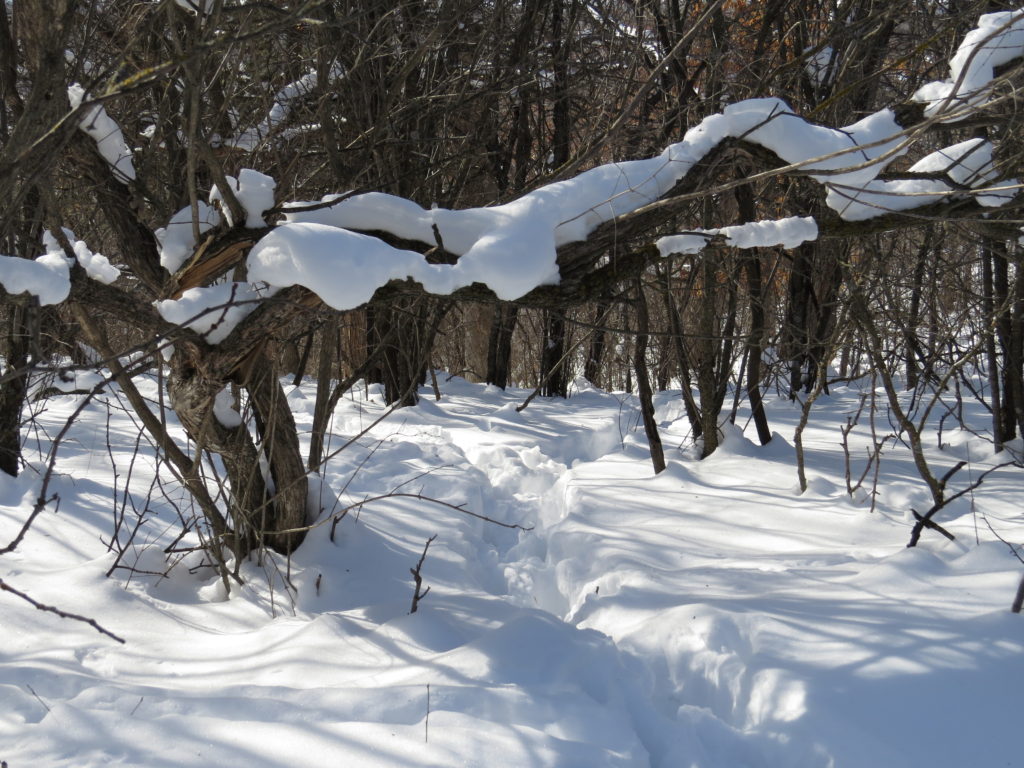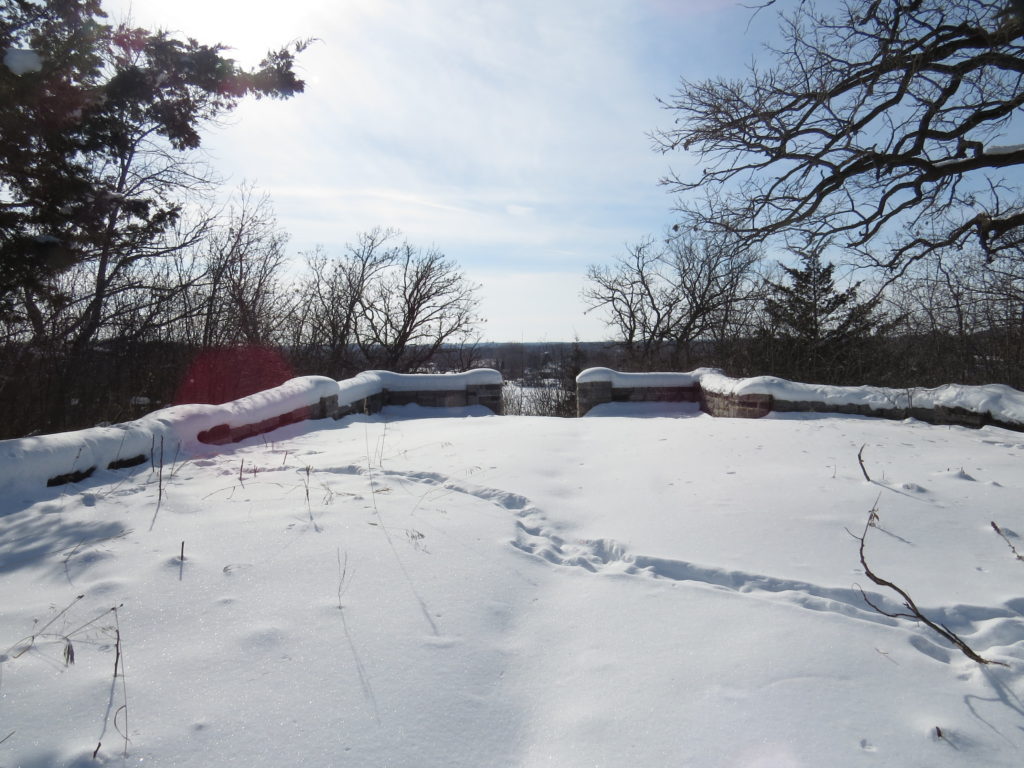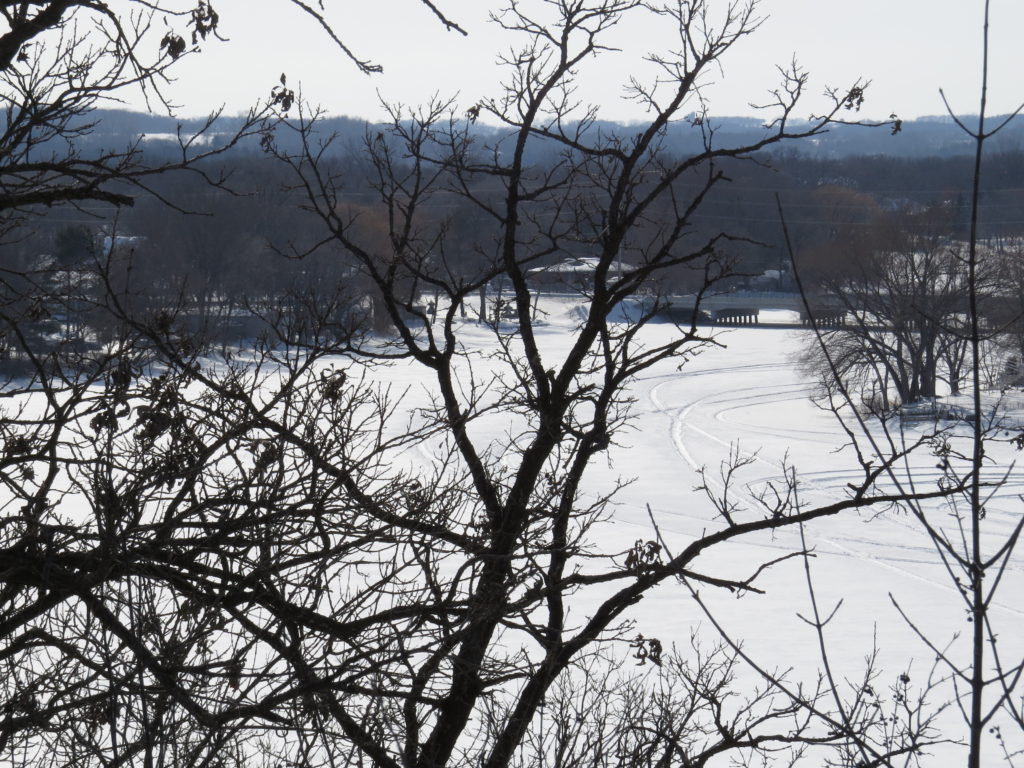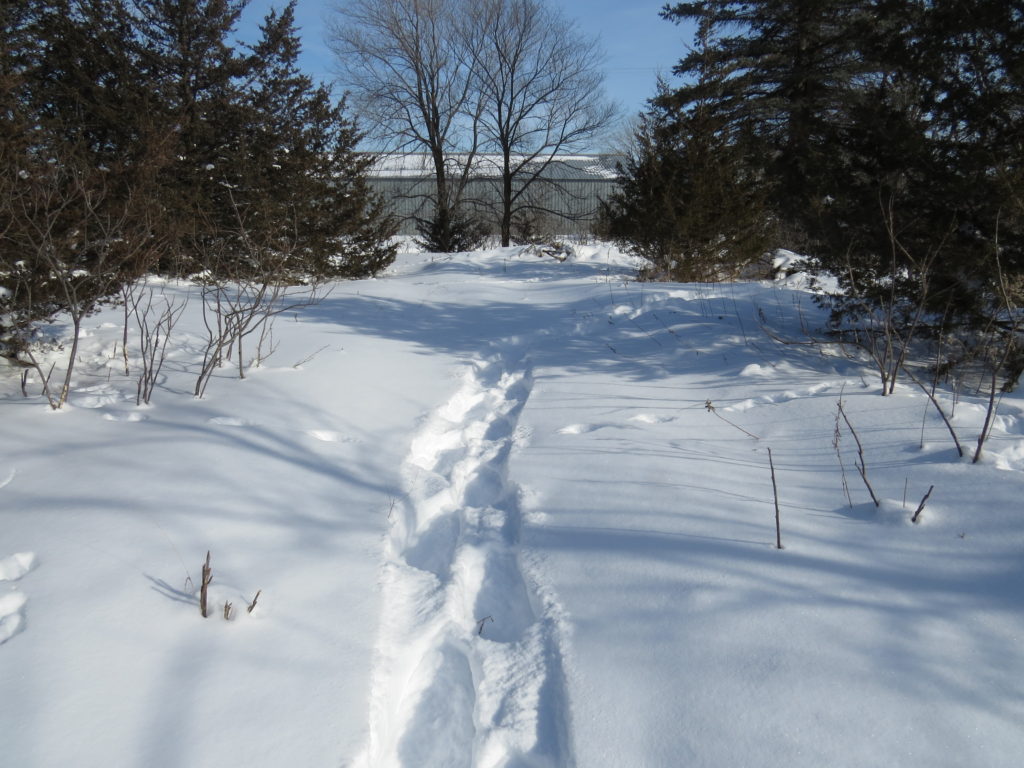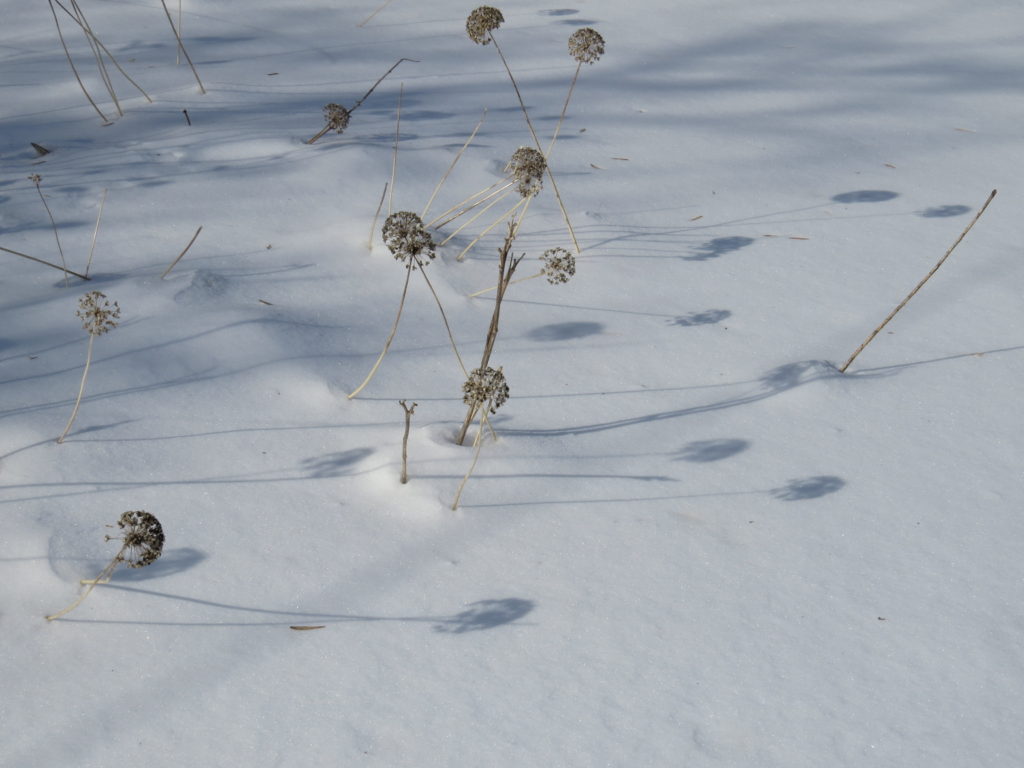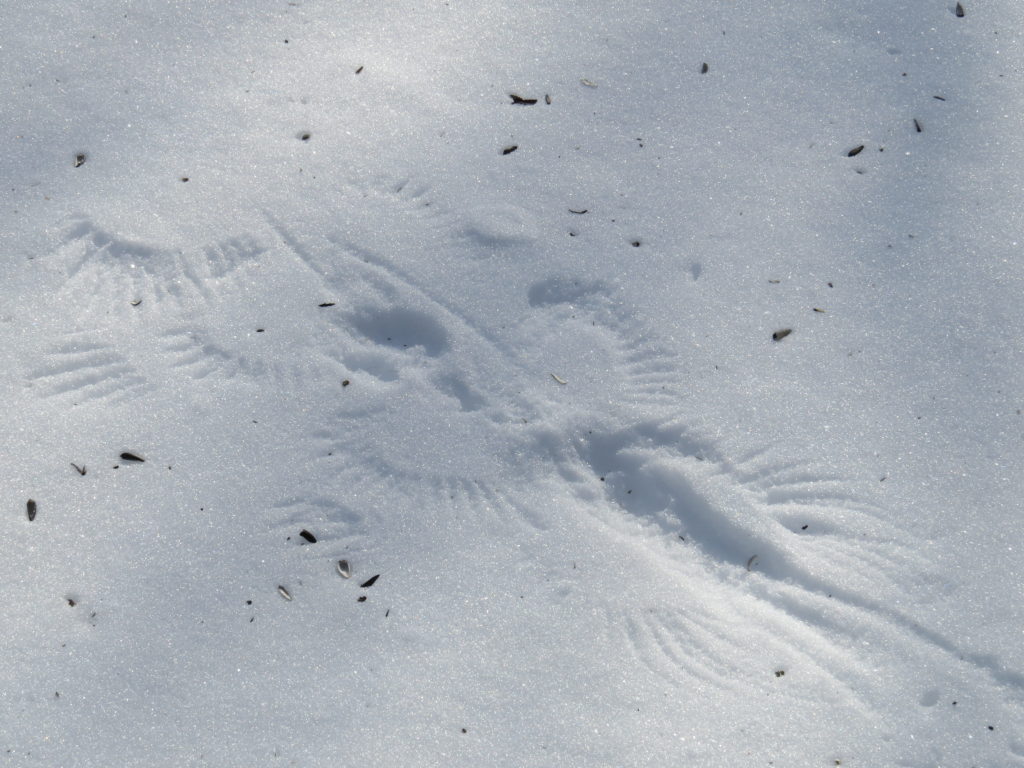There have been a number of times in my life when things are moving along quite smoothly, when all of sudden I am pulled up short. Stopped in my tracks. Now what? Now what the holy heck do I do?
I have a 1924 photo of my Grandmother dressed in trousers and a wide-brimmed hat standing in front of a large horse-drawn wagon that was loaded with all the family possessions. They were moving from North Dakota back to South Dakota. Imagine packing up your entire household into a wagon pulled by horses or oxen and traveling across the prairie! Many times when I see the Mississippi River, I think about the pioneers who traveled across the country in their covered wagons and were stopped in their tracks by the sight of the Great River. Now what do we do?
************************************************************************
I wrote the words above three weeks ago—and then, I got stopped in my tracks. The administrative side of my website was being all sorts of crazy—not saving my writing, not importing photographs, not sending messages to the web host. Now what the heck do I do?! Since I couldn’t finish my post, I did the only other thing that made sense at the moment—I made cookies! Lol! But the irony was not lost on me. My title ran through my mind again and again—the river becomes the road, the river becomes the road. Just as I was stopped in my tracks, I got a notice that it had been seven years since I had signed up for my website. Seven years. Nearly 400 posts. Was this obstacle trying to tell me something? Was this the end of the road? Was it time to settle on this side of the River and forget the crossing?
It was the frosty day we hiked at Bend in the River park, looking from the high bluff out over the River ice, that I noticed the tracks crossing the River. The deer and the fox are the first ones to venture across the ice. How do they know when it’s thick enough to hold them? How do they know when it’s safe?
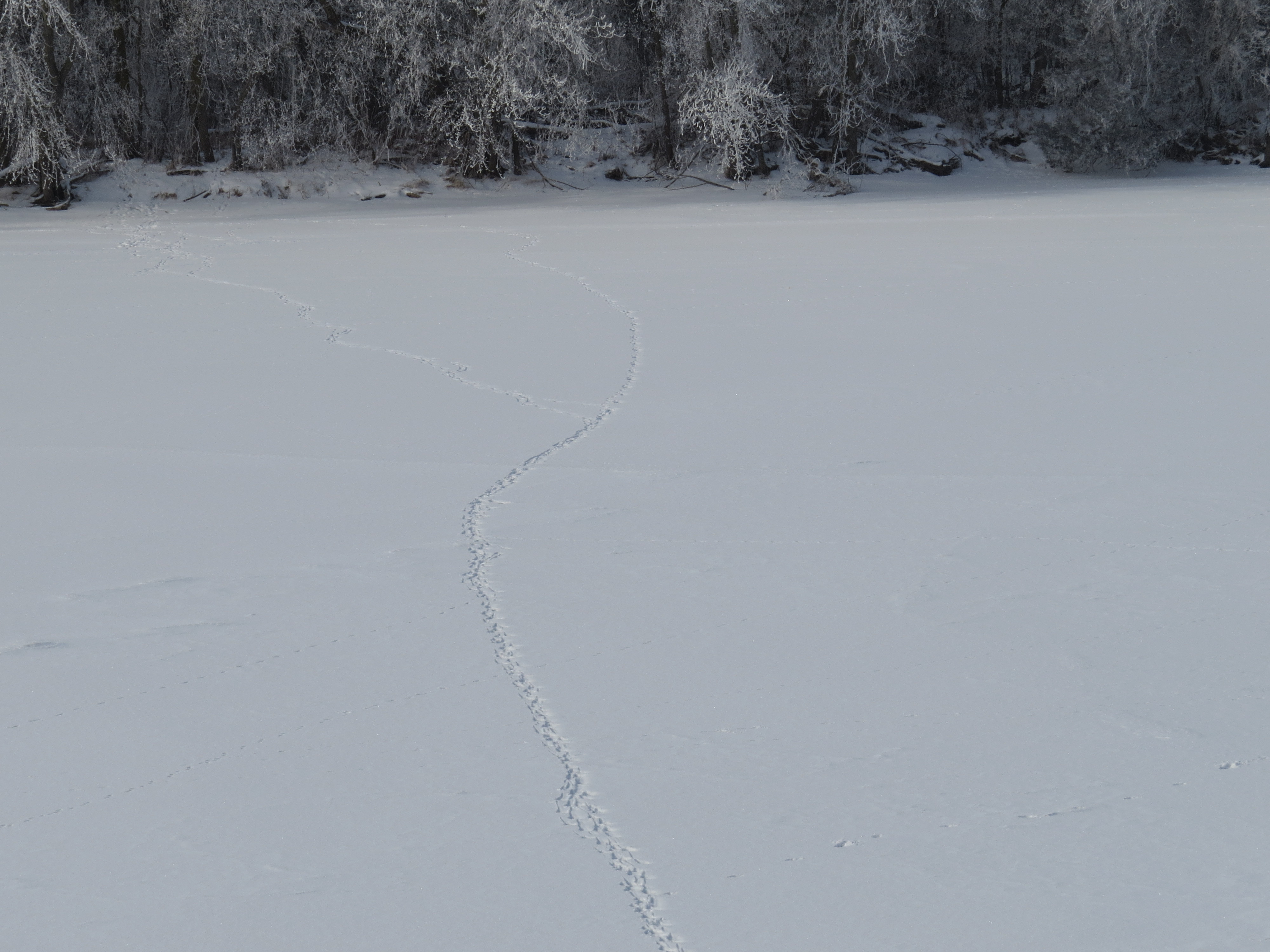
Two days later and with a tip from a neighbor who had drilled through the ice to actually check how thick it was, we decided to snowshoe on the River.


We were not the first humans to do so. Numerous snowmobile tracks ran along the shore, even through some areas that had turned to slush after flirting with the warm side of thirty-two degrees.

There were fat-tire bike tracks on the River road. Someone had snowshoed before us. Someone had walked with their dog.

Animal tracks left the three-season safety of the Riverside trail at Mississippi River Regional park to follow the River road or cross to the other side. It was strange to see the river-side of the embankment where the constant flow of the water cuts into the bank leaving eroded soil, exposed roots, and leaning trees. A different perspective. One of more understanding.



The farther we walked, the more tracks we saw! Cross-country ski tracks joined the motorized, the meandering, and the measured tracks of all the other creatures. It was a busy road of ice and snow.


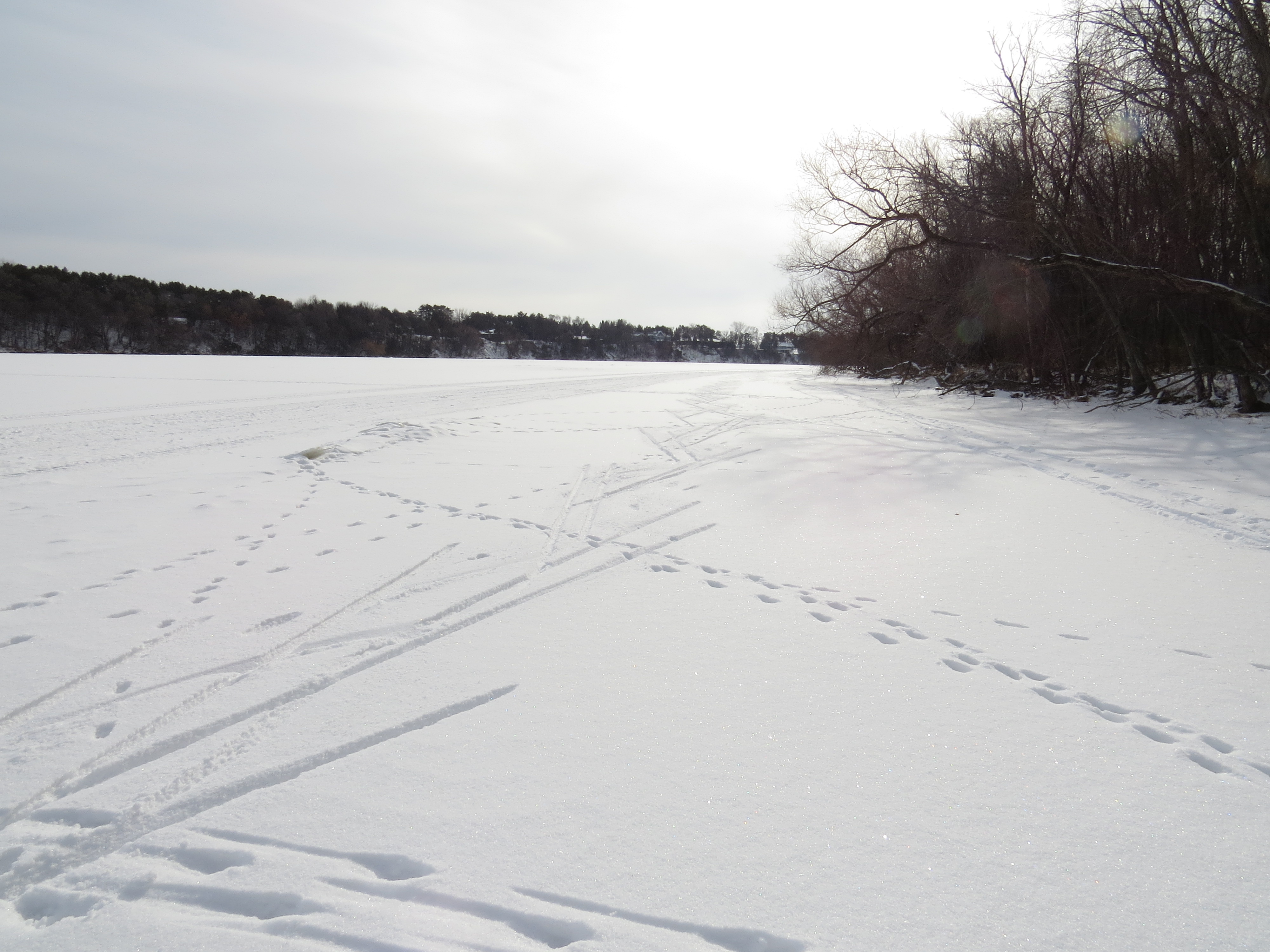
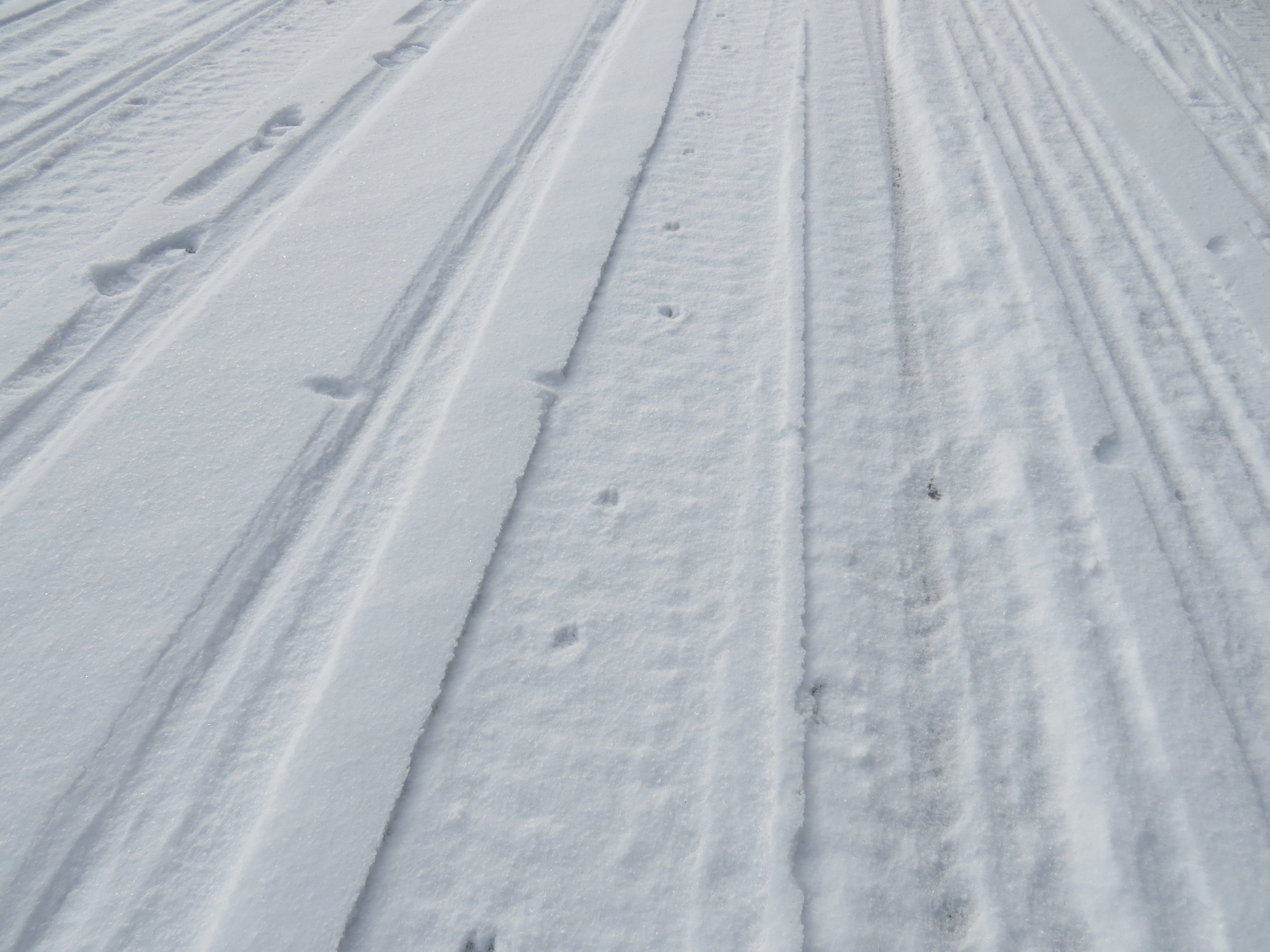
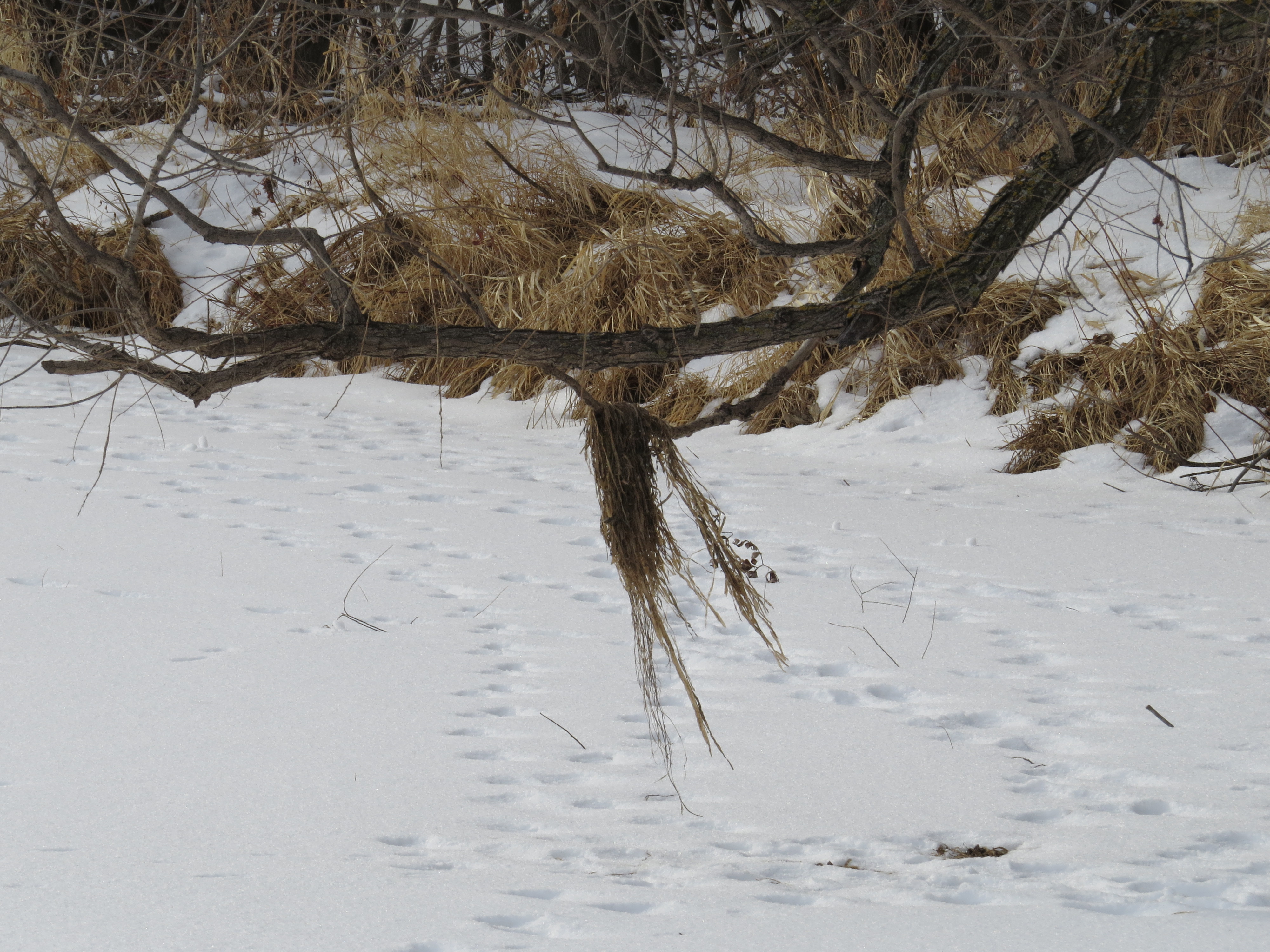

What is the allure of the other side? What entices us to re-group, plan, wait, and work to overcome obstacles when we are pulled up short and stopped in our tracks?

At Crow Wing State Park, forty-five miles up-river, there is a marker commemorating the Red River Oxcart Trail and the place where the fur traders crossed the Mississippi River. Perhaps it wasn’t so deep there, perhaps the River wasn’t quite as wide as it is today, perhaps they carried load after load of rocks to make an underwater road of sorts. At other places along the Mississippi River, before ferries and bridges, the settlers had to unload the wagons, take them apart, and canoe the contents and parts across the river and reassemble and reload on the other side. With obstacles, we are forced to look at things from a different perspective. And yet we ask, “How do we know it’s safe?” And yet we acknowledge, “We want to get to the other side.” Here in the North, the Winter ice can become the road. The obstacle becomes the pathway.
John C. Parish, in 1920, wrote about early traders and pioneers that “Rivers proved to be an unfailing source of trouble.” The rivers of our lives prove to be the same. Just when things are moving along quite smoothly, we are pulled up short. But there is usually a golden tree enticing us onward, despite the obstacles—hope for a better life, a different perspective for understanding, faith that what we do matters. And the very obstacle holds the key to the solution. The river becomes a road. Life is that complicated, and life is that holy.
